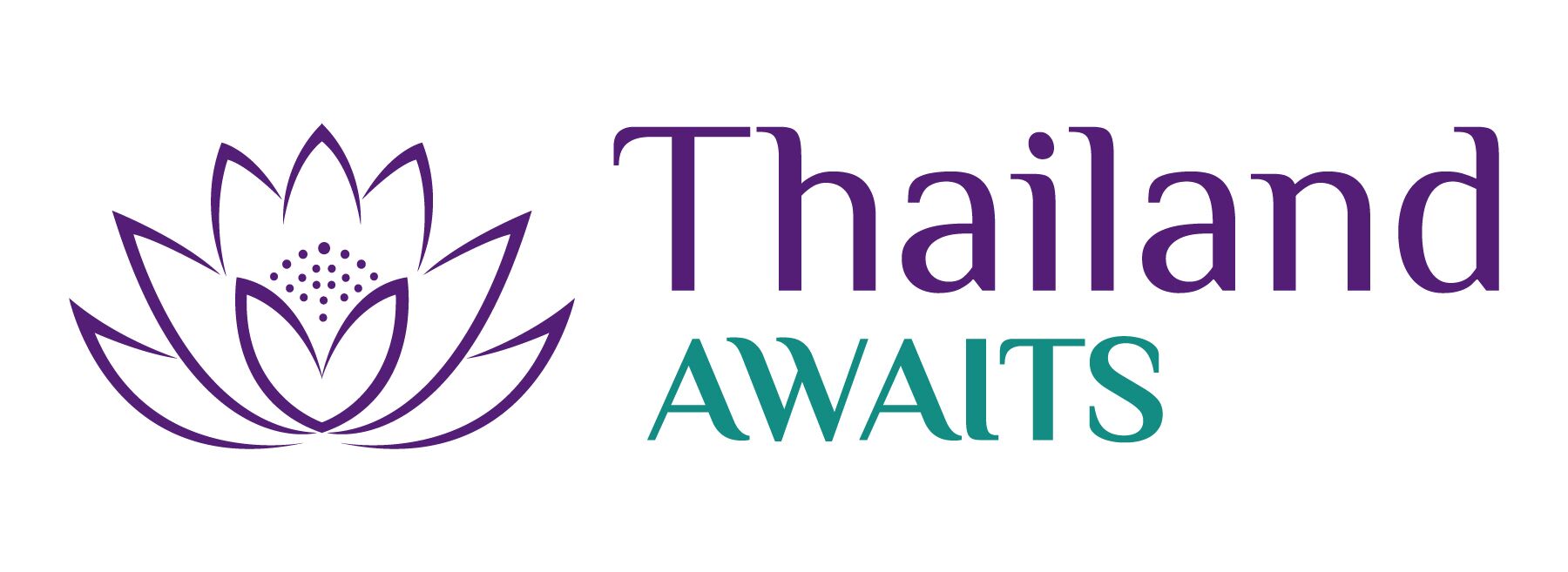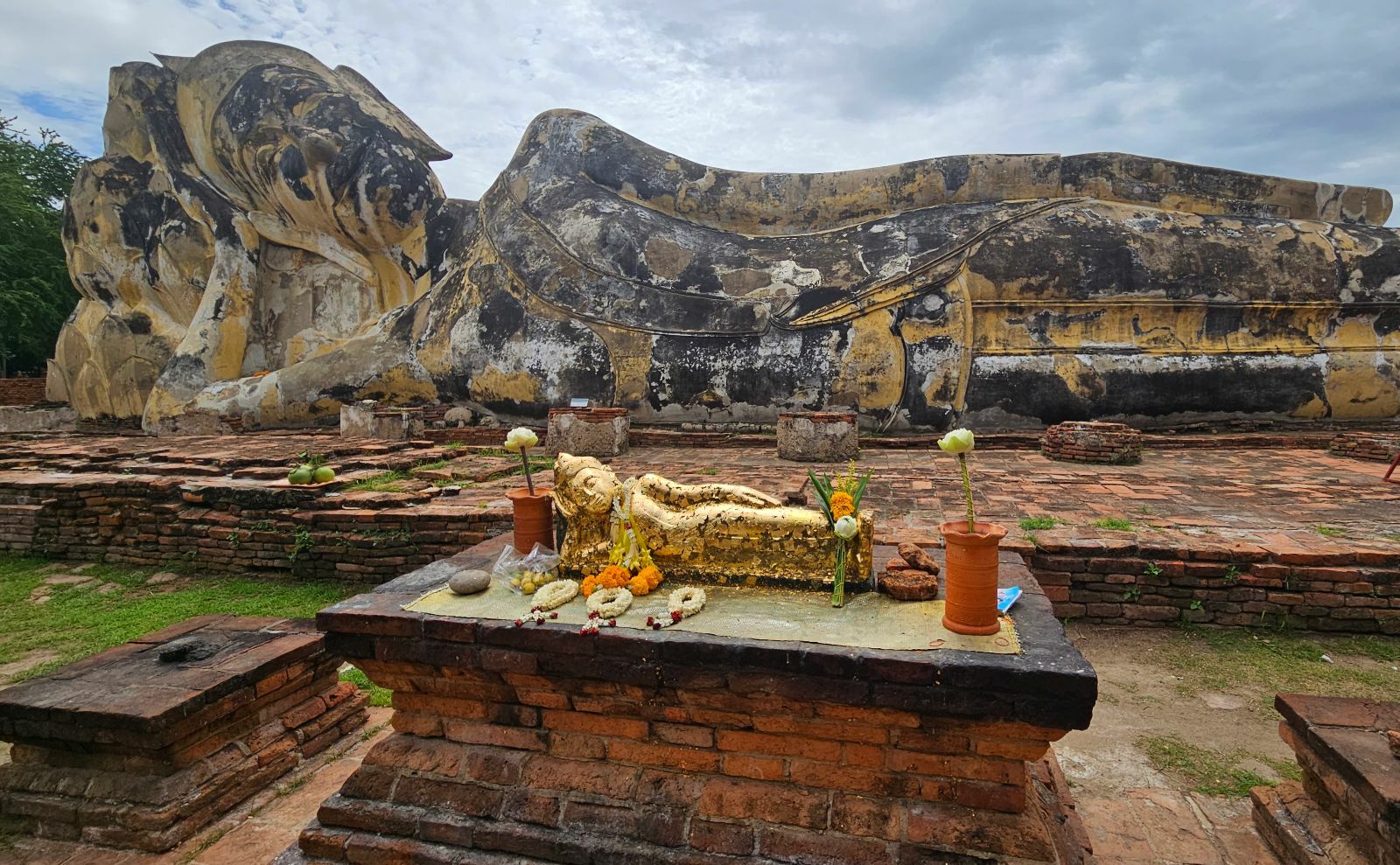If you’re planning a visit to Ayutthaya, Thailand’s former capital, it’s worth being aware of the tourist traps, or common issues that can catch visitors out. From tuk-tuk routes with extra stops to floating markets set up mainly for tourists, a bit of knowledge will help you avoid unnecessary costs and make the most of your time at the temples.
This page contains affiliate links. Please see our disclosure policy for more details.
Ayutthaya attracts thousands of visitors every year, drawn by its UNESCO-listed ruins and rich history. While there’s a lot to see, some aspects of the tourist experience can be disappointing—especially if you’re unprepared. Before you start planning your route between the temples, here are seven tourist traps to look out for, along with practical ways to avoid them.
The Tuk-Tuk Detour Dilemma
Tuk-tuks remain the most popular way to navigate Ayutthaya’s scattered temple complexes, but they’re also where many visitors encounter their first disappointment. Unscrupulous drivers often suggest “special tours” that include commission-generating stops at shops or obscuTuk-tuks are one of the most convenient ways to get around Ayutthaya’s temple sites, but there are some common issues to watch for. Some drivers may suggest extra stops at shops or less well-known temples, which aren’t always worth your time. It’s also not unusual for the final fare to be higher than you expected if you haven’t agreed the details in advance.
To avoid problems:
- Agree on the total fare before you set off
- Decide and confirm which temples you want to visit
- Let the driver know you’re not interested in shopping stops
- If possible, arrange a tuk-tuk through your hotel or guesthouse
- Consider established tour services with clear prices
- Typical cost is about 600-800 baht for a half-day tour
Choosing the right driver makes your visit much smoother, so it’s worth checking prices and being clear about your plans from the start.
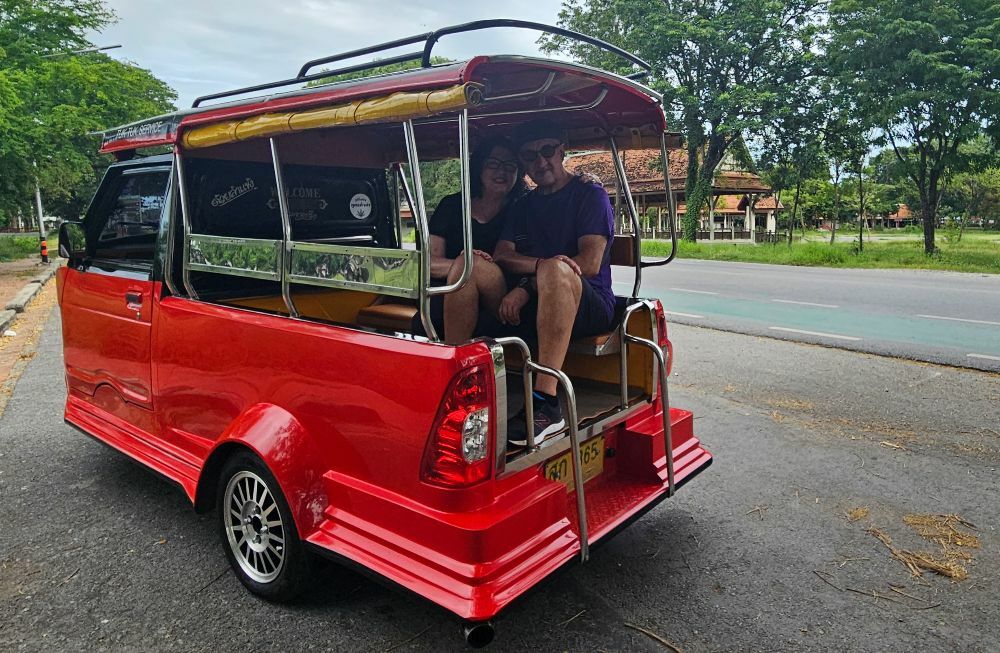
On my visits to Ayutthaya, I’ve had good luck with tuk-tuk drivers. If you arrive by train in the morning, you’ll often see several drivers waiting at the station. On my first trip, I picked a driver who spoke good English and had a tuk-tuk decorated with Bob Marley stickers. He took us around the main temples for six hours, and the price we agreed at the start was the price we paid.
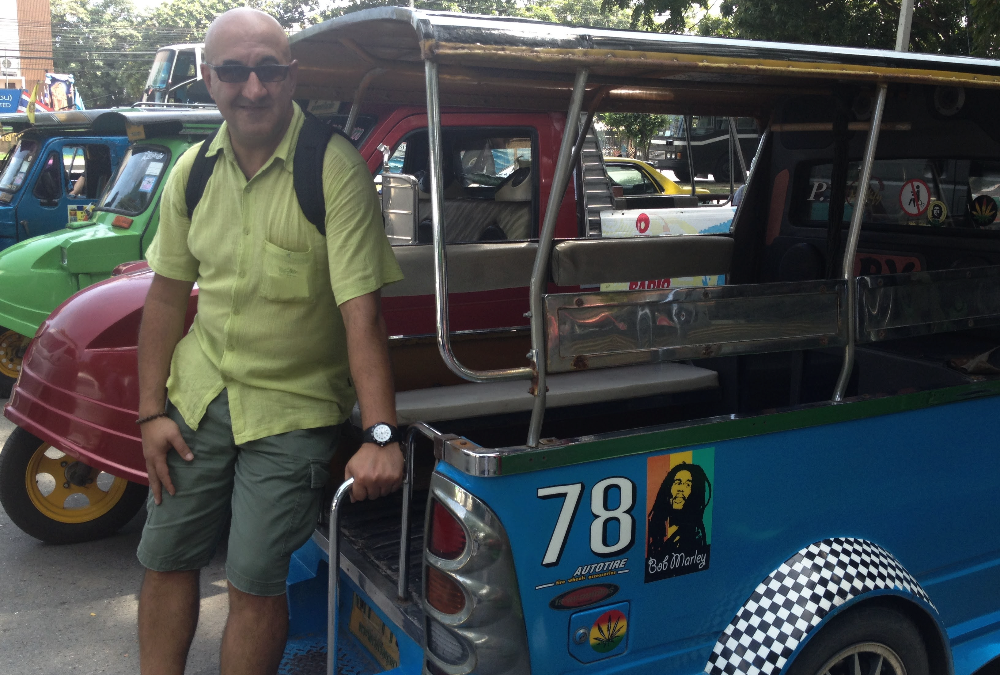
On a recent visit, a driver spotted me walking in the midday heat and offered a ride. We agreed up front which temples to visit and a price of 600 baht for four hours, and he stuck to the arrangement. He also recommended an extra temple I hadn’t planned to see, which turned out to be interesting. As long as you confirm the plan and the price before setting off, it’s usually straightforward.
Alternative transportation: If you want to explore at your own pace, you can hire a bicycle for about 50-100 baht per day. The city is mostly flat, so cycling is manageable, especially during the cooler months from November to February. Cycling is less comfortable during the hot season (March to May), when temperatures often go above 35°C.
Floating Markets: Authentic or Artificial?
Ayutthaya’s floating markets are quite new and mostly set up for tourists. They are not like the long-standing markets in places like Bangkok or Damnoen Saduak.
The two main floating markets—Ayutthaya Floating Market and Klong Sa Bua Floating Market—charge entrance fees and most of what’s for sale is aimed at visitors, usually at higher prices. These markets often open and close around tour bus schedules rather than regular trading hours.
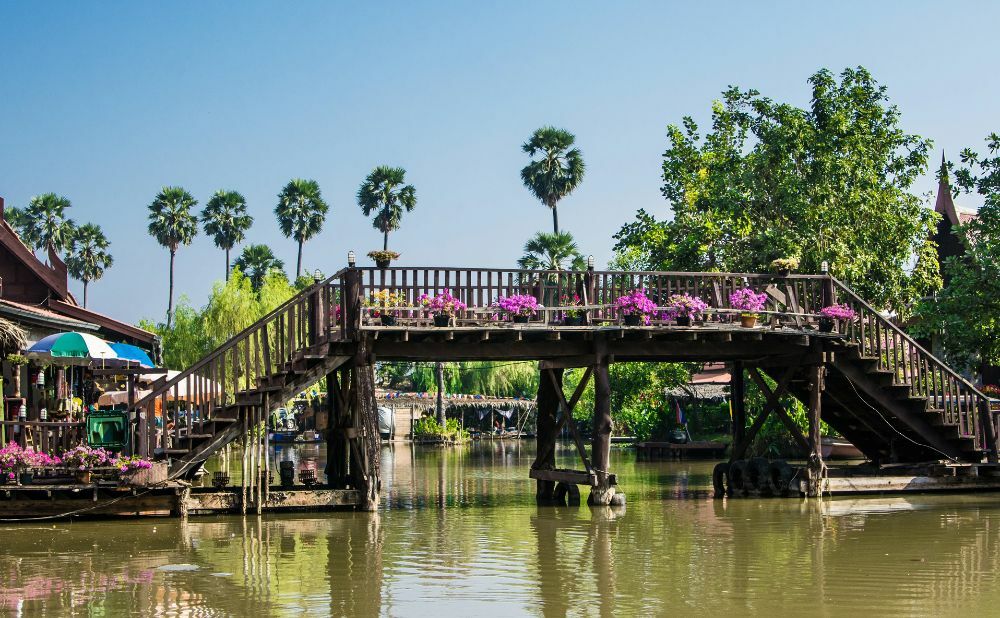
If you’re looking for a more local experience, try the evening markets such as Chao Phrom Market or the night market near Wat Mahathat. These are not on the water, but they are where locals shop, and prices are more reasonable. The food stalls at the night market near Wat Mahathat are a solid choice—one of my best meals here was a simple chicken dinner from a street vendor.
Seasonal note: The floating markets are at their busiest during high season (November to February), as many tour groups visit at the same time. The evening markets are steady year-round and tend to keep their local feel.
Temple Guides and Entry Fees
Temple visits are a big part of any trip to Ayutthaya, but there are things to be careful about. Some people at the temples will approach you and offer a free or very cheap tour, but often expect a large tip afterwards. Not all of them are official guides.
It’s also important to check entrance fees. The main temples within the Historical Park—Wat Mahathat, Wat Phra Si Sanphet, and Wat Ratchaburana—have clearly posted entry fees and are worth visiting. Some smaller, less-known temples might charge more than you’d expect for what’s on offer.
If you want a guided experience, ask your hotel or check with the Tourism Authority of Thailand for a licensed guide. These usually cost 600-1000 baht for a half-day, and you’ll get reliable information.
Ticket details: The main Historical Park temples charge 50 baht each or 220 baht for a combined ticket to six major sites. The combined ticket is valid for 30 days and covers Wat Phra Si Sanphet, Wat Mahathat, Wat Ratchaburana, Wat Chaiwatthanaram, Wat Phra Ram, and Wat Lokayasutharam.
Souvenir Shops: Craft or Con?
Shopping for souvenirs in Ayutthaya can be tricky if you want something genuinely local. Many items sold as “Ayutthaya crafts” are actually mass-produced in other parts of Thailand or even imported. This includes wood carvings, textiles, and replica artefacts, which are often marked up in claims of being handmade locally.
Buddha statues and “antiques” near the temples are almost always reproductions—authentic ancient items can’t be exported, and most are factory-made, often in central Thailand or Myanmar.
If you are interested in real local crafts, the Arts and Craft International Centre of Thailand (Bang Sai Arts and Crafts Centre) is a better option. It is on the left bank of the Chao Phraya River in Bang Sai district and serves as a training centre for traditional crafts. You can watch demonstrations and buy certified crafts from across Thailand.
Admission is 100 baht for adults and 50 baht for children, and there’s a free tram service inside. The centre is open from 8:30 a.m. to 4:30 p.m. on weekdays, and to 6 p.m. on weekends.
Eating Out in Ayutthaya
Restaurants that mainly serve tourists, especially those by the river or near the big historical sites, usually charge much higher prices than local places. You’ll often find the food is made milder and more standardised, and some places add a service charge that might not go to the staff.
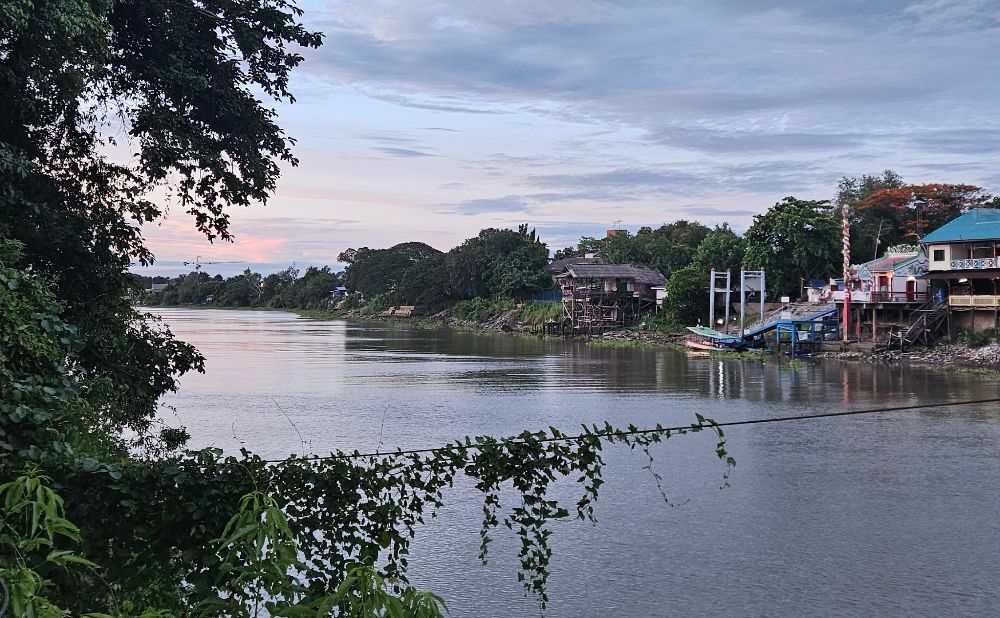
For better value and more variety, try restaurants a little further from the main sights.Michellin rated Pa Lek Boat Noodles near Chao Phrom Market serves exceptional noodle dishes at reasonable prices.
Roti Sai Mai stalls along Naresuan Road offer the city’s famous sweet speciality at fair prices.A simple way to find a decent meal is to look for places with lots of local customers.
What to expect: Tourist-focused restaurants often charge 250-400 baht per person, while local spots usually charge 80-150 baht for a meal. Street food dishes are about 40-60 baht each.
What to Wear at Temples
It’s easy to get caught out by dress codes at some of Ayutthaya’s temples. While the ruins feel more relaxed than active temples like the Grand Palace, some places do check what you’re wearing, especially Wat Phra Si Sanphet and Wat Mahathat. The rules can also be enforced unevenly, depending on the time and crowd.
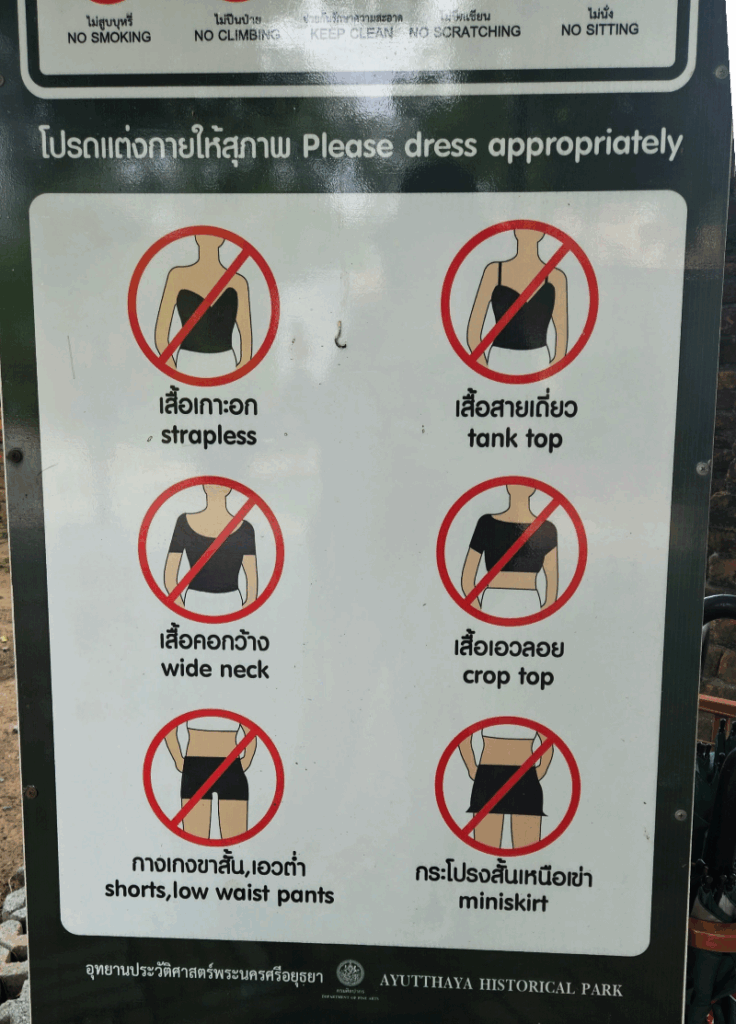
The usual requirement is to have your shoulders and knees covered, and no revealing tops. If you’re not dressed to these standards, you might have to rent a sarong or a cover-up at the entrance (expect to pay 50-100 baht). I always keep a light scarf or sarong in my bag to avoid this problem. Lightweight clothes that cover up but won’t overheat you are the best choice.
Day Tours and Packages
Many visitors book day tours from Bangkok to see Ayutthaya, but these trips often focus on convenience rather than quality. The main temples are included, but you might spend more time than you’d like at souvenir stops, elephant camps, or on group buffet lunches.
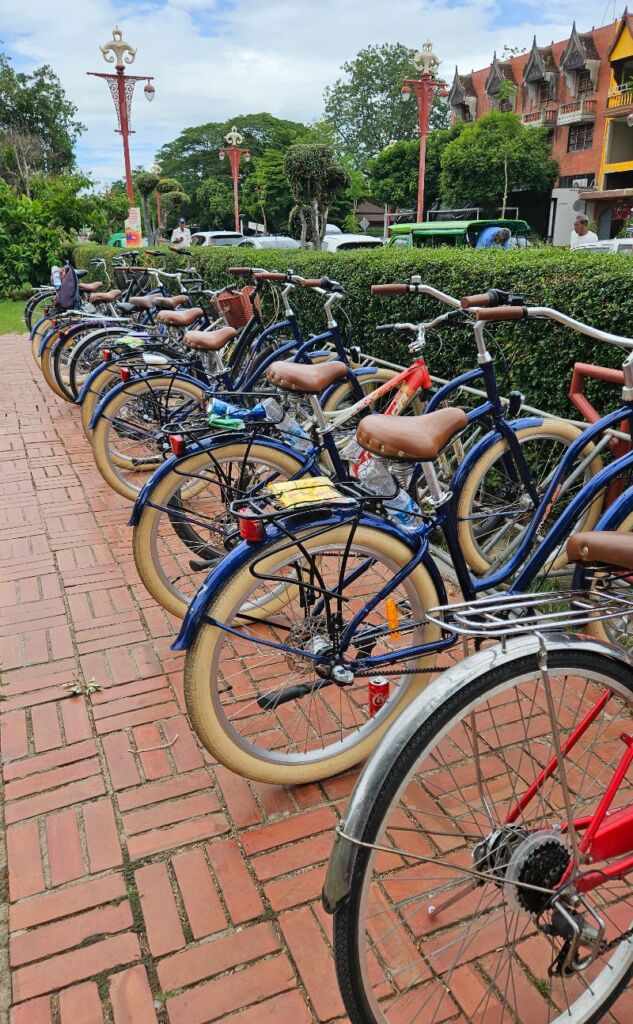
Very cheap tours are especially likely to pack in shopping stops, and time at the temples can feel rushed. If you want more control, it’s possible to travel independently by train from Bangkok (third-class tickets cost about 20 baht), then arrange transport once you arrive.
You can also look for small group tours or guides recommended by your accommodation, which tend to offer a better experience.
A note on animal tourism: Some day tours include elephant camps or shows, which may not meet good welfare standards. If seeing elephants is important, research places known for ethical treatment and no-riding, such as Elephants World near Kanchanaburi (note: this is not in Ayutthaya).
Typical costs: Basic day tours from Bangkok are 1,000-1,500 baht per person. Small group or specialist tours range from 2,000-3,500 baht. If you go by train and explore on your own (including transport and entrance fees), expect to spend about 800-1,000 baht.
Final Tips for Visiting Ayutthaya
Even with a few common tourist traps, Ayutthaya is still a great place to visit. The history and ruins are impressive, and there are plenty of ways to get a genuine feel for the city if you plan ahead.
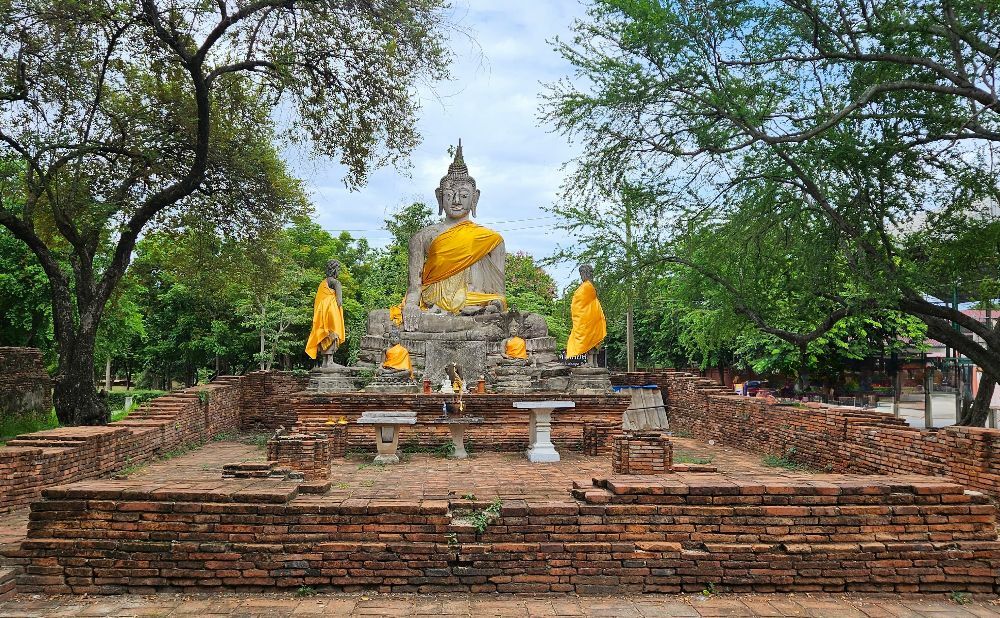
A bit of preparation and some local knowledge will help you enjoy more of what Ayutthaya really has to offer, away from the crowded or commercial spots. Visiting quieter temples, trying local food at evening markets, or hiring a bike for the day can give you a more relaxed experience.
A bit of preparation and some local knowledge will help you enjoy more of what Ayutthaya really has to offer, away from the crowded or commercial spots. Visiting quieter temples, trying local food at evening markets, or hiring a bike for the day can give you a more relaxed experience and help you avoid all the tourist traps in Ayutthaya.
Ready to start planning your Thailand trip? Our Facebook community Thailand Awaits Trip Planning for Beginners is here to help. Join fellow travellers, get your questions answered by Thailand experts, and access free planning resources to make your Thai adventure unforgettable.
